Contaminated fuel: What helps against the diesel pest in the fuel tank
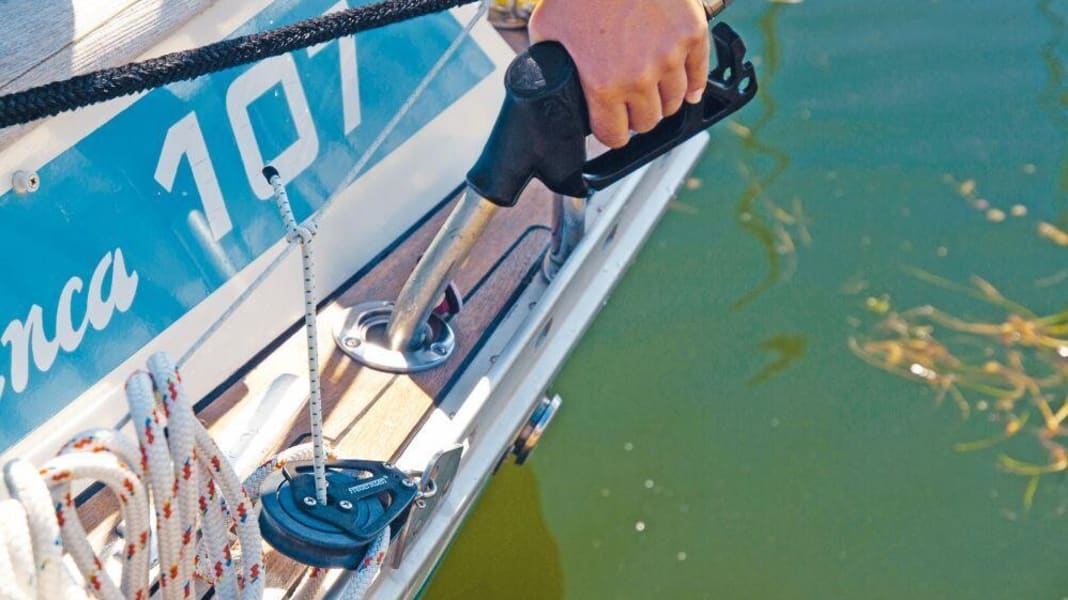
According to the Dutch rescue organisation KNRM in a brochure for water sports enthusiasts, a clean tank is a good start to improving safety. In 2016, the rescuers had to call out 572 times between the Scheldt and Ems to vehicles with an engine malfunction. In around 80 per cent of these cases, the cause was a defective fuel system caused by a diesel leak.
At the DGzRS, such a mission without danger to life and limb is categorised as assistance. A total of 941 of these were carried out in 2016 alone. The disaster off German coasts also often stems from dirty diesel. In addition, there are countless incidents on inland waters that are not recorded in the rescuers' statistics.
The problems began when the Biofuel Quota Act stipulated that bio-components must be added to diesel in order to reduce carbon dioxide (CO2) emissions in transport. These bio-components do not consist of fossil petroleum, but are obtained from renewable raw materials such as rapeseed, which bind the CO2 produced during combustion in the engine as it grows. In other words, a cycle.
What helps against bacterial growth in the diesel tank?
On board, however, the climate friendliness causes massive problems: "Biodiesel has a higher tendency to form emulsions with water. So if water gets into the tank, it doesn't simply seep to the bottom as it does with normal diesel - diesel has a lower density than water - but remains in the fuel," says Christian Burmester, who specialises in inspecting tanks with his company MFT Mikrofiltertechnik.
Added biocides, such as Grotamar, help against bacteria. The effect has been established in several tests. Another agent, the "Datacol diesel system cleaner", is offered by the Austrian company Datacol Austria.
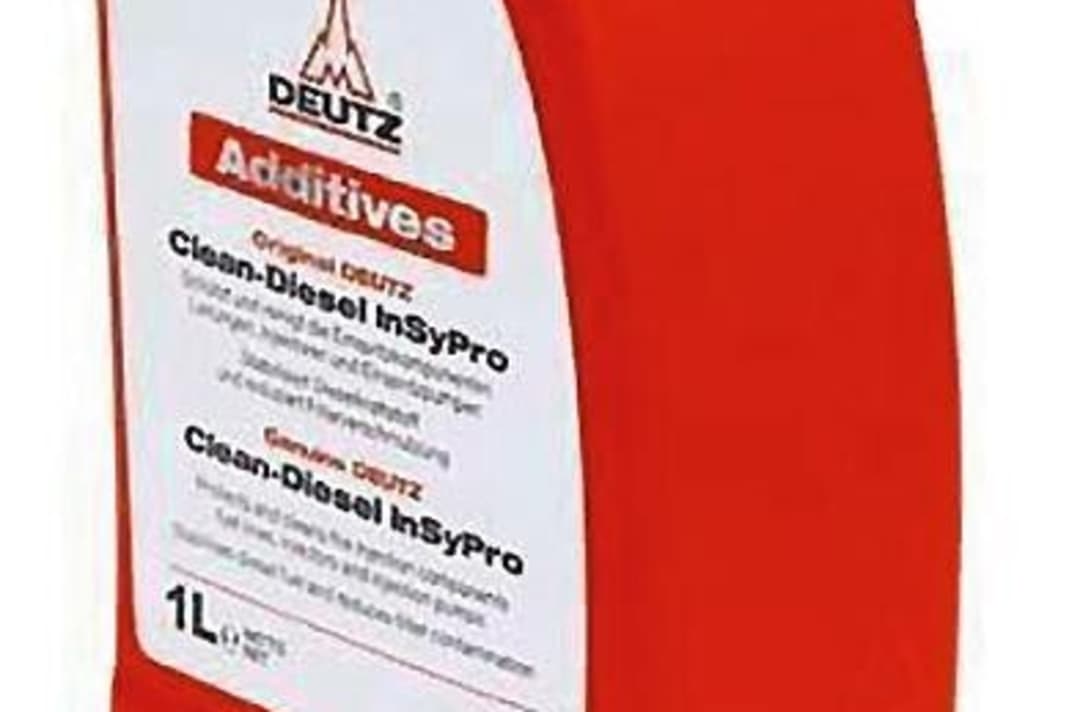



But what if the tank has long been infested, the sludge has long since stuck to the tank walls and the pipes and filters are clogged at regular intervals? Then the tank needs to be cleaned. And this is frighteningly often the case.
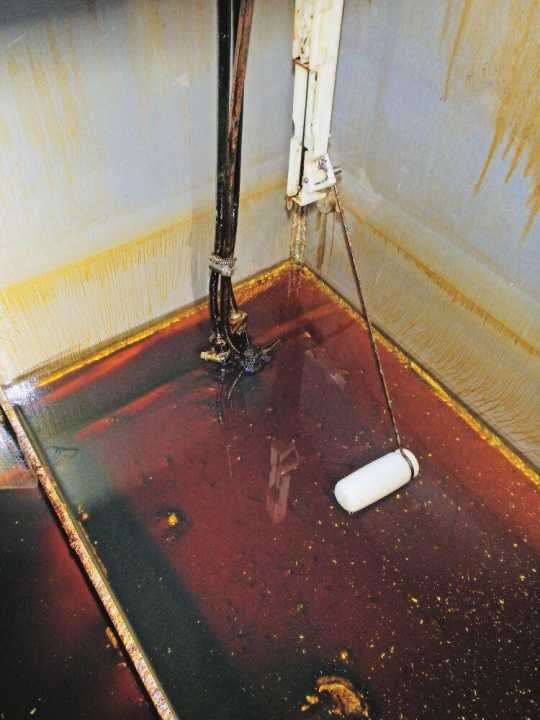
The result of one of MFT's orders: of 30 boats serviced in Croatia, 21 tanks were contaminated and 18 required complete cleaning.
Which tank types are particularly affected and how tank cleaning is carried out
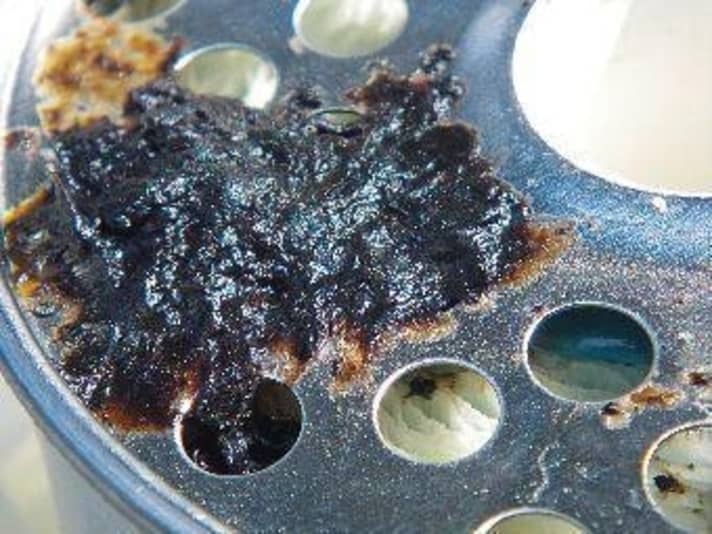
The MFT procedure for tank cleaning is as follows: All tanks are inspected on a monitor using a hand-held camera and the measures to be taken are then discussed. If contamination is detected, the company has several options: Pumping out, fine filtering and temporary storage of the fuel; after cleaning, it is pumped back, otherwise disposed of. The larger the inspection hatch, the easier the cleaning process usually is for the owner.
It also shows that some tank systems are particularly affected by their design and use. For example, if a metal tank is located in the heated area of a cabin, more condensation forms. Temperature fluctuations are lower in plastic tanks, especially outside the cabin. Other sources of water can be tank filler necks on deck or tank vents in anchor boxes due to overflowing water.
What means can be used for prevention

Once the tank is clean, there are also very simple solutions. Premium diesel varieties, for example: they are sold by Shell as "V-Power-Diesel", by Aral under the name "Ultimate" and by OMV as "MaxxMotion". The optimised HVO fuels (Hydrated Vegetable Oil) are said to not only provide more power, but also clean the pipes and prevent new deposits.
The HVO fuels also eliminate the need for biocides.
Aral spokesman Detlef Brandenburg even expressly advises against prophylactic addition. This prevents bacteria, yeast and fungi from becoming resistant to the active substances used. The use of biocides is only an effective remedy in the case of acute infestation.
The crux of the matter is that these fuels are generally not available at German boat petrol stations, so you have to use canisters. The situation is different in Denmark, where bio-free diesel is generally available at harbour petrol stations and is labelled accordingly.
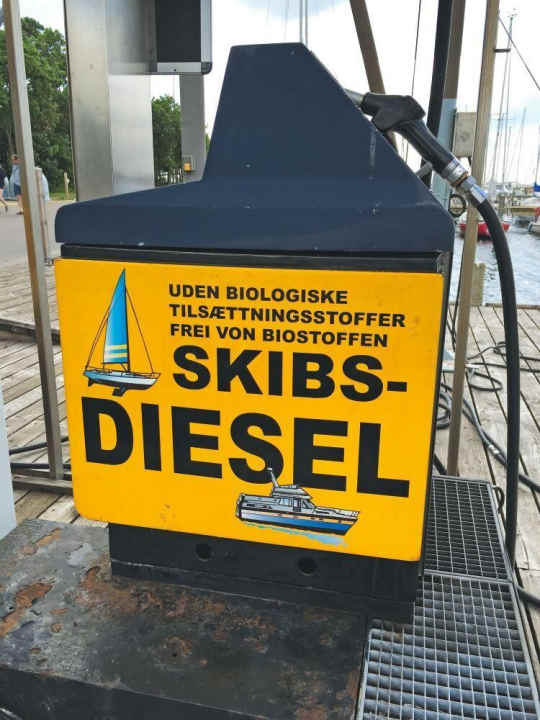
Diesel heating systems are also affected
Anything that damages the engine is also likely to affect a heater. A test heater from Eberspächer that was operated with biodiesel and dismantled at the factory showed sticking in the fuel pump. Biodiesel mixtures are therefore also not suitable for heating operation.
Bacteria, condensation, ageing and resinification: diesel with a bio admixture has many enemies. Biocides alone do not help - overdosing can even be harmful. According to the Group, so-called HVO fuels are stable and give sailors back the security they had before the introduction of the Biofuel Quota Act.

